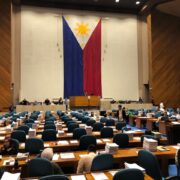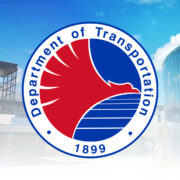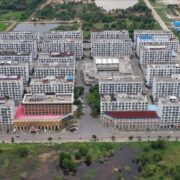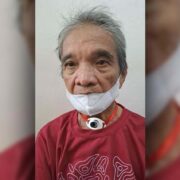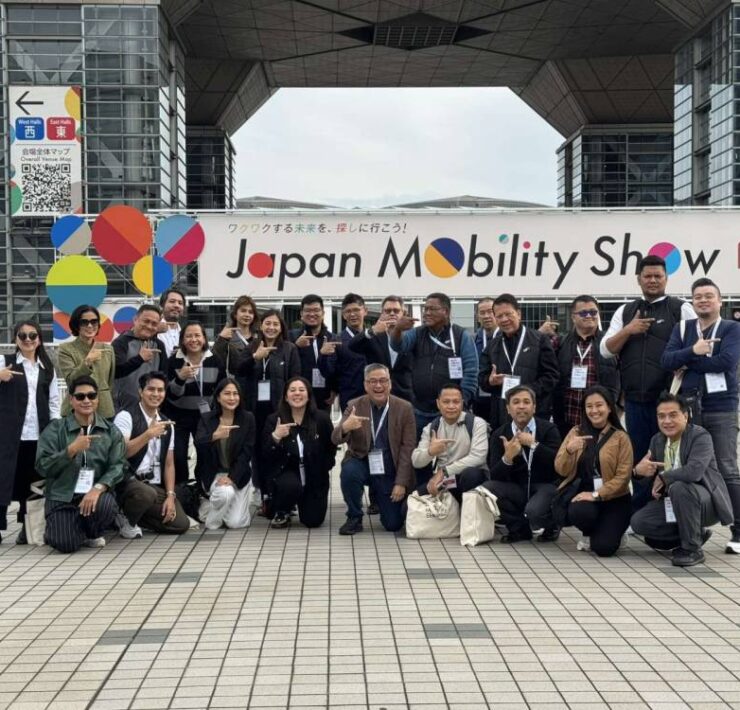A life shaped by storms

From the day I was born, to the day I first walked, ran, and drove a car, a typhoon wasn’t that far away.
October 2000, Italy. It was the tail-end of a five-day motoring event that took me and other writers from Monaco to France, Germany, and Italy. I remember that all throughout that trip, the weather was uncooperative. The sky was constantly overcast, the rains never seemed to end, the European sun was too shy to take a peep. Which was too bad, since we were made to drive the sporty, compact Alfa Romeo 147 ASR (Anti-Slip Regulation) over mountain roads that snaked around thousand-foot ravines. The view, had the weather been clear, would have been spectacular.
On our way to the airport in Malpensa to catch our flight back to Manila, the rains were still unrelenting, which prompted Rocco Basta, one of our hosts from Alfa Romeo, to joke, “A journalist from the Philippines brought this typhoon to Europe,” while pointing to me.
My nationality’s “affinity” to storms was brought up on more than one occasion in these international trips. I had grown used to being asked by fellow journalists and hosts, “how are the typhoons back at home?” In November 2013, when I first met Toyota Motor Corp chair Akio Toyoda at the 43rd Tokyo Motor Show (now called Japan Mobility Show), and he just learned that I was from the Philippines, he promptly said, “Send my love and prayers to the Filipino people,” and shared that he was “deeply affected” by the news about the devastation wrought by Supertyphoon Yolanda.
I was born in July, the stormiest month of the year. That year, four severe tropical storms and typhoons made landfall just within that month. My parents remember that it was a particularly stormy day when I came out into the world.
I can still remember some harrowing details of my near-drowning when I was around 5 years old. I slipped away from the watchful eyes of a guardian and ran out of our apartment in Quezon City and onto the public road to frolic in the heavy rain. One moment I was jumping for joy in gutter-deep flood, then the next my body was completely submerged, my tiny hands grasping for anything to keep me afloat. Then big hands grabbed my arms and pulled me up. I had jumped straight into an open manhole. Were it not for good Samaritans nearby, my story would have ended at 5. Later that day, my guardian and I received the kind of dressing down from my parents I hoped the public works people also got from our barangay officials.
From that day on, though, I learned an important lesson: Never trust a flooded street.
By the time I was a student, and then a young professional studying and working in Manila, I was already quite adept at “feeling” my way through flooded streets, particularly along the waist-high floods of Espana Boulevard. I remember taking the center island, clinging to the steel railing, taking one slow step at a time, wading through brownish/blackish water, pieces of plastic garbage floating by me. It wasn’t just the open manholes I had to worry about, but also downed electric wires that could be in contact with water, water-borne diseases like leptospirosis and typhus, and that insensitive motorist who wouldn’t slow down when passing hapless pedestrians in waist-deep water. Oh, and above all else, I had to make sure that the clean change of clothes in my backpack stayed well above water.
Those years of being a mindful pedestrian come hell or high water have served me well, especially now that I am behind the wheel nearly all of the time when I’m out on the street. When I’m out driving during heavy rains, I make it a point to: a) Be visible to other motorists and pedestrians (but not turning on my hazard lights as this may confuse other motorists when I intend to change lanes or directions); b) Reduce my speed significantly to avoid hydroplaning, and to avoid drenching pedestrians I pass by, and; c) Avoid driving in unfamiliar routes during floods.
You know what they say about individuals “forged in fire:” They’re tough as nails. But I can say the same thing about us sculpted by storms all our lives. I also think that weather extremes also impart lessons on humanity, common dwecency, and caring for other individuals and creatures. These lessons should enable us to keep our heads above the drowning, destructive apathy, insensitivity, and selfishness.




